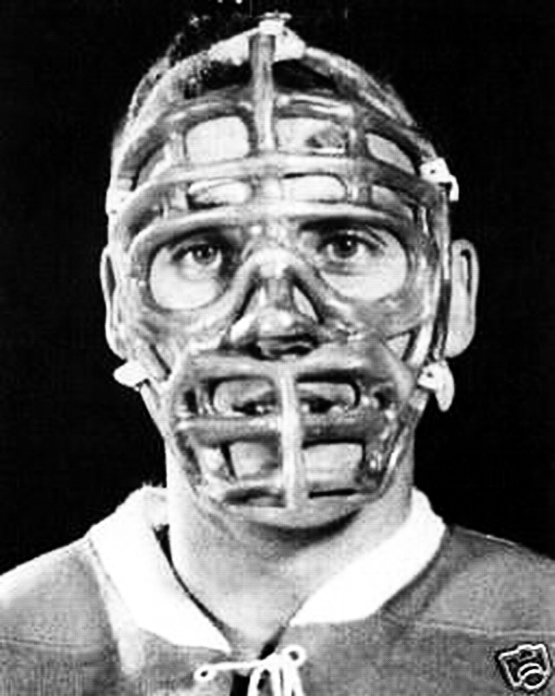The opening of Gautam Naik’s new Wall Street Journal article about replacement human body parts created in vitro:
“MADRID—Reaching into a stainless steel tray, Francisco Fernandez-Aviles lifted up a gray, rubbery mass the size of a fat fist.
It was a human cadaver heart that had been bathed in industrial detergents until its original cells had been washed away and all that was left was what scientists call the scaffold.
Next, said Dr. Aviles, ‘We need to make the heart come alive.’
Inside a warren of rooms buried in the basement of Gregorio Marañón hospital here, Dr. Aviles and his team are at the sharpest edge of the bioengineering revolution that has turned the science-fiction dream of building replacement parts for the human body into a reality.
Since a laboratory in North Carolina made a bladder in 1996, scientists have built increasingly more complex organs. There have been five windpipe replacements so far. A London researcher, Alex Seifalian, has transplanted lab-grown tear ducts and an artery into patients. He has made an artificial nose he expects to transplant later this year in a man who lost his nose to skin cancer.”

